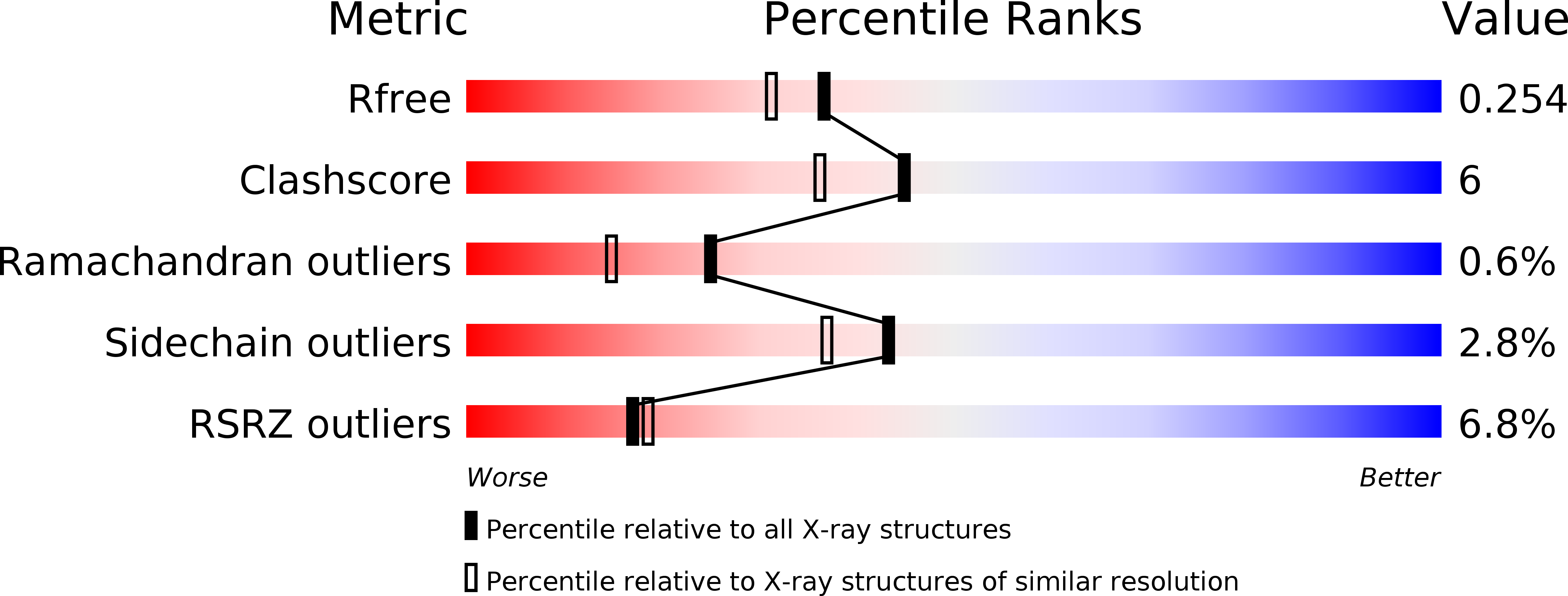
Deposition Date
2013-03-18
Release Date
2013-05-29
Last Version Date
2024-02-28
Entry Detail
PDB ID:
4JOI
Keywords:
Title:
Crystal structure of the human telomeric Stn1-Ten1 complex
Biological Source:
Source Organism:
Homo sapiens (Taxon ID: 9606)
Host Organism:
Method Details:
Experimental Method:
Resolution:
2.05 Å
R-Value Free:
0.24
R-Value Work:
0.21
R-Value Observed:
0.21
Space Group:
P 21 21 2


